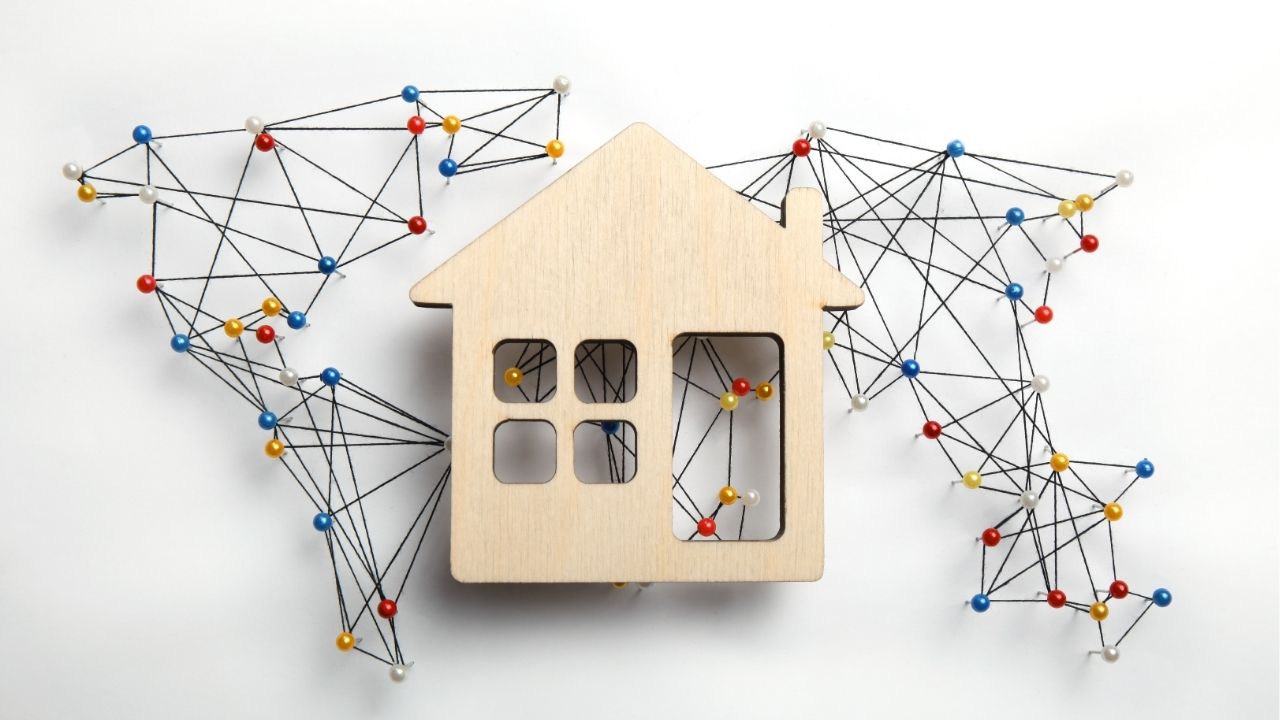 Selling your home can be exciting and emotional. You may be focused on the potential profit from the sale, it’s essential to understand the costs that come with closing the deal. Closing costs can significantly impact your net proceeds, so being prepared will help you avoid surprises and plan accordingly.
Selling your home can be exciting and emotional. You may be focused on the potential profit from the sale, it’s essential to understand the costs that come with closing the deal. Closing costs can significantly impact your net proceeds, so being prepared will help you avoid surprises and plan accordingly.
1. Real Estate Commissions
The largest portion of your closing costs is usually the commission paid to real estate agents. This fee is typically split between the listing agent and the buyer’s agent and ranges from 5% to 6% of the sale price. For instance, if your home sells for $300,000, expect to pay $15,000 to $18,000 in commissions. While this may seem like a hefty amount, it’s an investment in marketing your property and ensuring a smooth transaction.
2. Loan Payoff Costs
If you have an outstanding mortgage on your home, the balance must be paid off at closing. This includes:
-
Your Remaining Mortgage Balance: The total amount still owed on your loan.
-
Prepayment Penalties: Some lenders charge a fee for paying off a mortgage early. Check your loan terms to see if this applies to you.
-
Home Equity Loans or Lines of Credit: Any secondary loans tied to your property must also be settled.
3. Transfer Taxes and Fees
State and local governments typically charge taxes and fees to transfer property ownership. These can vary widely based on your location but often include:
-
Transfer Taxes: A percentage of the home’s sale price.
-
Property Taxes: Any unpaid property taxes must be settled before closing. In some cases, you may need to pay a prorated amount if taxes are due shortly after the sale.
4. Title Insurance
In many cases, sellers are responsible for paying for the buyer’s title insurance policy. This insurance protects the buyer from potential title issues, such as liens or ownership disputes, that could arise after the sale. The cost varies depending on the property’s sale price but is typically a few hundred dollars.
5. Attorney Fees
In some areas, hiring a real estate attorney is customary or required. If you enlist legal help, their fees will be included in your closing costs. These fees ensure all contracts and paperwork are legally sound and protect your interests during the transaction.
Additional Costs to Consider
There are other potential costs that may arise, depending on your specific sale agreement or the buyer’s requests:
-
Outstanding Liens: Any unpaid debts tied to your property, such as contractor liens or back taxes, must be cleared.
-
HOA Dues: If your home is part of a homeowners’ association, ensure your dues are current.
-
Termite Inspections or Home Warranties: Sometimes sellers agree to cover these costs as part of the negotiation process.
-
Repair Credits: Buyers may request credits for repairs identified during the home inspection.
How to Prepare for Closing Costs
Understanding and planning for these costs can help you avoid surprises at closing. Here are some tips:
-
Request a Net Sheet: Your real estate agent can provide a seller’s net sheet, which estimates your closing costs and expected profit.
-
Negotiate Costs: In some cases, you can negotiate to share certain expenses, such as transfer taxes, with the buyer.
-
Keep Records: Have all necessary documents, including loan payoff statements and tax records, ready to streamline the process.
While closing costs can reduce your overall profit, being informed and prepared allows you to make better decisions. Give us a call to ensure you understand each expense and maximize your net proceeds.
Selling your home is a significant milestone and understanding closing costs is just one part of the process to help you achieve a successful and stress-free sale.
 When selling your home, first impressions are everything. A clean, well-organized space allows potential buyers to envision themselves living there and can even increase the perceived value of your property. Cleaning is not just about making your home look good; it’s a strategic move to ensure your home stands out in a competitive market. Here’s how to tackle the cleaning process effectively when preparing your home for sale.
When selling your home, first impressions are everything. A clean, well-organized space allows potential buyers to envision themselves living there and can even increase the perceived value of your property. Cleaning is not just about making your home look good; it’s a strategic move to ensure your home stands out in a competitive market. Here’s how to tackle the cleaning process effectively when preparing your home for sale. Finding your dream home is one of the most exciting and personal journeys you’ll ever take. Just like crafting the perfect cup of coffee, choosing the right home is all about finding the blend that matches your unique preferences. For some, it’s all about practicality, while for others, it’s about charm, savings, or convenience.
Finding your dream home is one of the most exciting and personal journeys you’ll ever take. Just like crafting the perfect cup of coffee, choosing the right home is all about finding the blend that matches your unique preferences. For some, it’s all about practicality, while for others, it’s about charm, savings, or convenience. When most people think about buying a home, the spring and summer months often come to mind. After all, that’s when the market is buzzing with activity. However, what many don’t realize is that January can be one of the best times to purchase a home. From motivated sellers to financial benefits, buying during the winter months offers several unique advantages for savvy homebuyers.
When most people think about buying a home, the spring and summer months often come to mind. After all, that’s when the market is buzzing with activity. However, what many don’t realize is that January can be one of the best times to purchase a home. From motivated sellers to financial benefits, buying during the winter months offers several unique advantages for savvy homebuyers.
 When it comes to real estate, you’ve likely heard the phrase, “Location, location, location!” This isn’t just a catchy mantra, it’s a fundamental truth that underscores the value of any property. While a home’s design, size, and features play a role in your buying decision, the location is often the most critical factor that determines both the property’s current worth and its long-term potential.
When it comes to real estate, you’ve likely heard the phrase, “Location, location, location!” This isn’t just a catchy mantra, it’s a fundamental truth that underscores the value of any property. While a home’s design, size, and features play a role in your buying decision, the location is often the most critical factor that determines both the property’s current worth and its long-term potential.